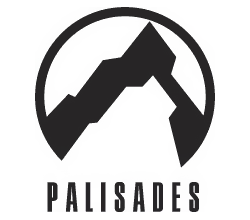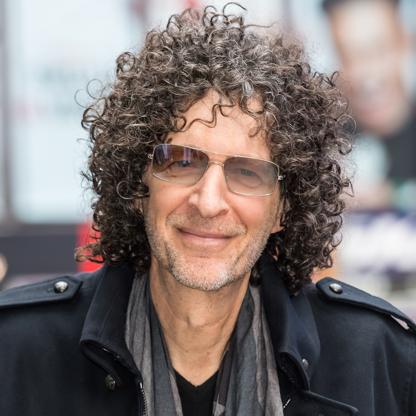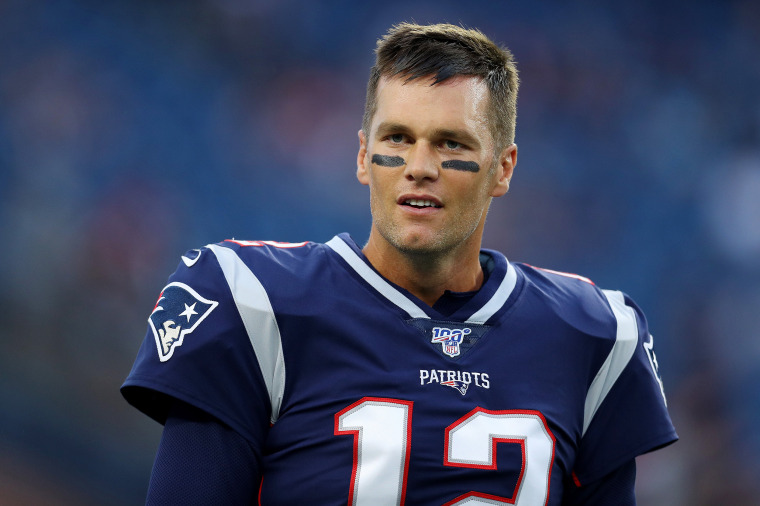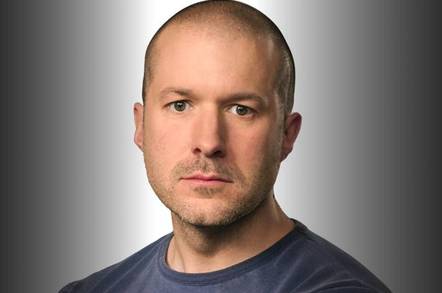 |
For those of you who didn't know me then (or maybe knew me but didn't know my work life), I founded my first company in the summer of 1994. I had spent all of two and a half years in Purchasing at Diamond Comic Distributors and was a complete expert and ready to sell my knowledge.
Palisades Marketing was born in September, following a summer of mountain biking and adventuring in New Mexico, Utah, and Colorado. Ironic that 21 years later, with a wife and two kids, I ended up moving here! I traveled out this way with my brother (he's a teacher with summers off) by plan. The Diamond Seminar was in June, so we left shortly after. We had a solid two months to roam around the west and see what we could get into. I have a collection of photos like this one. In many regards, it's my life overall. Always on the edge. Always pushing the boundaries of my comfort zone.
 |
| Dead Horse Point in Moab, Utah. For some reason, we never wore shirts that summer! |
The original business model was Marketing Consulting. I basically just traded on the relationships that I had built at Diamond and helped some of those companies sell into that distribution channel. For whatever reason, the comic distributors' sales cycle was this unsolvable mystery for many non-comic publishers. So I found this little niche in working with a handful of these companies. I also knew enough that I didn't want to just be "Mike Horn, the old Diamond guy," so I created that Palisades brand name.
By the way, I used to get asked about the name a lot. It's not inspired by Palisades Park, New Jersey nor Pacific Palisades in LA area, but rather for a cliff area at Squaw Valley, CA. When I started skiing in the late 80's, The Palisades was THE barometer of courage and ability. It's been a while since I have even been to Squaw, and the conditions have to be perfect for it to be open, but yes, I have made it down a couple of times. Not the same line as the pic below, mind you. Just surviving The Palisades is an accomplishment!
 |
| Late 80's vintage Palisades photo. No, that skier is not me. I swear I do have some photos somewhere but probably in a shoebox still. |
You see, at that time, I was 25, renting a townhouse in Baltimore with my brother and another friend. I was unmarried, with zero debt. My car was paid off. I had no mortgage. No kids. I basically had the financial goal of earning $1500 or so per month. I don't remember the cash part exactly, but I think it was easy but not super easy to get it going. (I plan to expand on this thought in a later entry--the whole concept of a "Lifestyle Business.")
I didn't have a ceremonial "First Client," per se, but had a couple of manufacturers who had me handle the comics business for them. Again, at that time, there were about a dozen distributors who covered the comics and trading card market. I knew the rhythm from my Diamond time. Basically, I would gather product information and send it out to the various distributors, wait about five months and then collect orders. I had one client (honestly cannot remember who at this point) who insisted on being billed hourly. So I made up an hourly rate card. I had one or two who put me on retainer.
Sometime in that first couple of years, I was doing a market study report for Mattel. They had taken on a license with Top Cow to create toys on their comics, namely CyberForce, which was pretty big at the time. My job, as the "industry expert," was to look into the viability of building a business around these types of brands. Essentially, comics that were not Marvel or DC. For some context, especially for any not familiar with the comics industry of the mid-'90s, there was a massive surge in "Independent" publishers. Image Comics, Valiant, and a bunch of others. And it was big business. Some of these titles were selling hundreds of thousands of copies per month.
 |
| I thought this was THE coolest statue! Part of the inspiration to get into the sculpted collectibles business. |
I don't have a copy of the report anymore; never occurred to me to keep that kind of thing, but the gist of it was that there was indeed a business in these so-called second-tier titles. The guy who requisitioned the report was head of Boys Toys at the time (Matt Bousquette; he later went on to become the President of the company). In that meeting, he told me, "I agree that there's a business here, but I don't think it's a Mattel business. If I were you, I'd try to do it myself."
This was the gas on the fire that I really needed. I was already migrating towards being a maker instead of just a marketer. I was watching the action figure market exploding. It was a combination of the traditional toy makers, some up and comers (ReSaurus comes to mind), and Todd McFarlane, who had shunned licensing deals and struck out on his own.
But probably the single biggest game-changer was an engineering development in China. Huh? You see, up until the mid-90s, action figures were produced using giant steel molds ("Tools" or "Tooling") that were designed to produce millions of units before wearing out. In that era, some factories found an alternative material (Copper Berillium) that was softer but did the trick--with the caveat that they would wear out after about 100,000 units. Demand for these comic titles (and others, but the Indy comics were leading the way) showed there was a market. Again, a business, but not a Mattel business. Relatively unknown brands like Warrior Nun found an audience. And with a production quantity reduced to tens of thousands instead of millions, a new niche market was borne.
 |
| We did NOT produce this figure. But it helped pave the way. |
 |
| Getting a COVER to Lee's was big time! |
 |
| Michael Renegar and I, proudly showing off the original 2-up before sending it off to China |
We had made a deal with Wizard magazine for the clear version ("Smoke Edition") to be sold exclusively in the debut issue of their toys offshoot magazine, ToyFare. But during the process, Dreamworks had made a deal to develop Ash into an animated film and the Wizard publishers decided to pull out of the deal, fearing that this might derail the film and their "real world" toy aspirations. Reasonable decision at the time, albeit painful.
Some other time, I'll pick up the story about how we grew from that single action figure...







 Talk about discouraging. My "resume" looked like this: Founder (12+ years), Founder (5+ years), VP Merchandise (7 months). I couldn't even get recruiters to return my calls. AND, this was in Southern California. On paper, I'm unemployable but in reality, I'm one of the best team players I know.
Talk about discouraging. My "resume" looked like this: Founder (12+ years), Founder (5+ years), VP Merchandise (7 months). I couldn't even get recruiters to return my calls. AND, this was in Southern California. On paper, I'm unemployable but in reality, I'm one of the best team players I know. 



